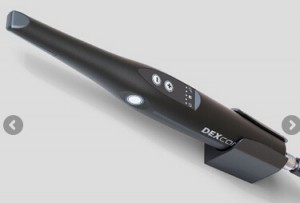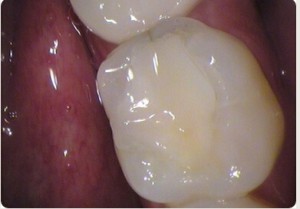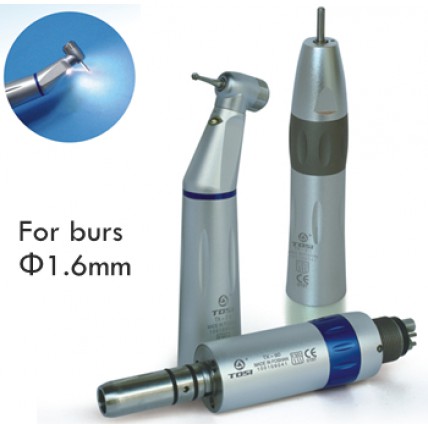D’où vient le tartre ? Pourquoi le retirer ? A quelle fréquence faire un détartrage dentaire ? Un point à faire lors de la visite annuelle chez le dentiste.
La visite annuelle chez le dentiste, un rendez-vous à ne pas manquer
Voir votre dentiste chaque année est incontournable pour éviter que de simples caries ou autres problèmes dentaires ne se transforment en soins nettement plus lourds, ou nécessitent la pose de prothèses.
Le tartre se dépose sur les dents au fil du temps
Des débris alimentaires et des bactéries sont présents malgré le brossage et constituent ce que l’on appelle « la plaque dentaire ». Au contact de la salive, elle peut former un dépôt minéral jaunâtre sur les dents : le tartre. Le dépôt de tartre varie selon l’hygiène et la composition de votre salive.
Pour éviter que le tartre ne se forme
Il faut se brosser régulièrement les dents, au moins 2 fois par jour après chaque repas, et en insistant plus particulièrement aux endroits où le tartre est susceptible de se former, c’est-à-dire sur la face interne des incisives (dents de devant) de la mâchoire inférieure, ainsi que sur la face externe des premières molaires de la mâchoire supérieure.
Ce sont des endroits qui sont proches des canaux par lesquels la salive se déverse dans la bouche, venant des glandes salivaires.
Le brossage manuel pour être bien fait, nécessite de brosser les dents verticalement de haut en bas, de la gencive vers les dents. L’utilisation d’une brosse à dents électrique facilite un bon brossage.
Le tartre crée de nombreux désagréments
S’il n’est pas retiré régulièrement, le tartre peut pénétrer facilement sous vos gencives. Il est à l’origine de saignements, d’infections des gencives, de déchaussement des dents… Il peut également donner mauvaise haleine.
Quand faire un détartrage ?
Il est recommandé de le faire au minimum 1 fois par an. Certaines personnes ressentiront le besoin de le faire tous les 6 mois.
Comment le chirurgien-dentiste enlève-t-il le tartre ?
Il est quasiment impossible d’enlever le tartre par ses propres moyens. Plus le tartre est ancien, plus il est difficile à enlever. Seul votre dentiste dispose d’instruments adaptés pour réaliser un détartrage, en 1 ou 2 séances.
Votre dentiste enlève le tartre à l’aide d’un appareil à ultrasons qui génère des vibrations à très hautes fréquences.
Ce n’est pas toujours très agréable, mais ce n’est ni douloureux, ni dangereux et cet acte ne nécessite pas d’anesthésie.
Dans quelques cas, un simple détartreur à ultrasons ne suffira pas car la maladie des gencives peut être plus avancée. Le dentiste devra donc pratiquer des soins plus complexes, tels le détartrage sous gingival et le curetage.
On le sait tous et pourtant …
Brossez-vous les dents le matin après le petit déjeuner et le soir avant d’aller vous coucher, idéalement après chaque repas,
Utilisez une brosse à dents en poils synthétiques souples et remplacez-la régulièrement,
Préférez le brossage avec une brosse à dents électrique, en cas de difficulté à maîtriser une bonne technique de brossage manuel,
Faites vérifier vos dents et gencives au moins 1 fois par an, voire 2 fois par an en cas de problème,
Les maladies des gencives sont fortement aggravées par le tabac.
voir les détails:http://www.dentaltools.fr/




